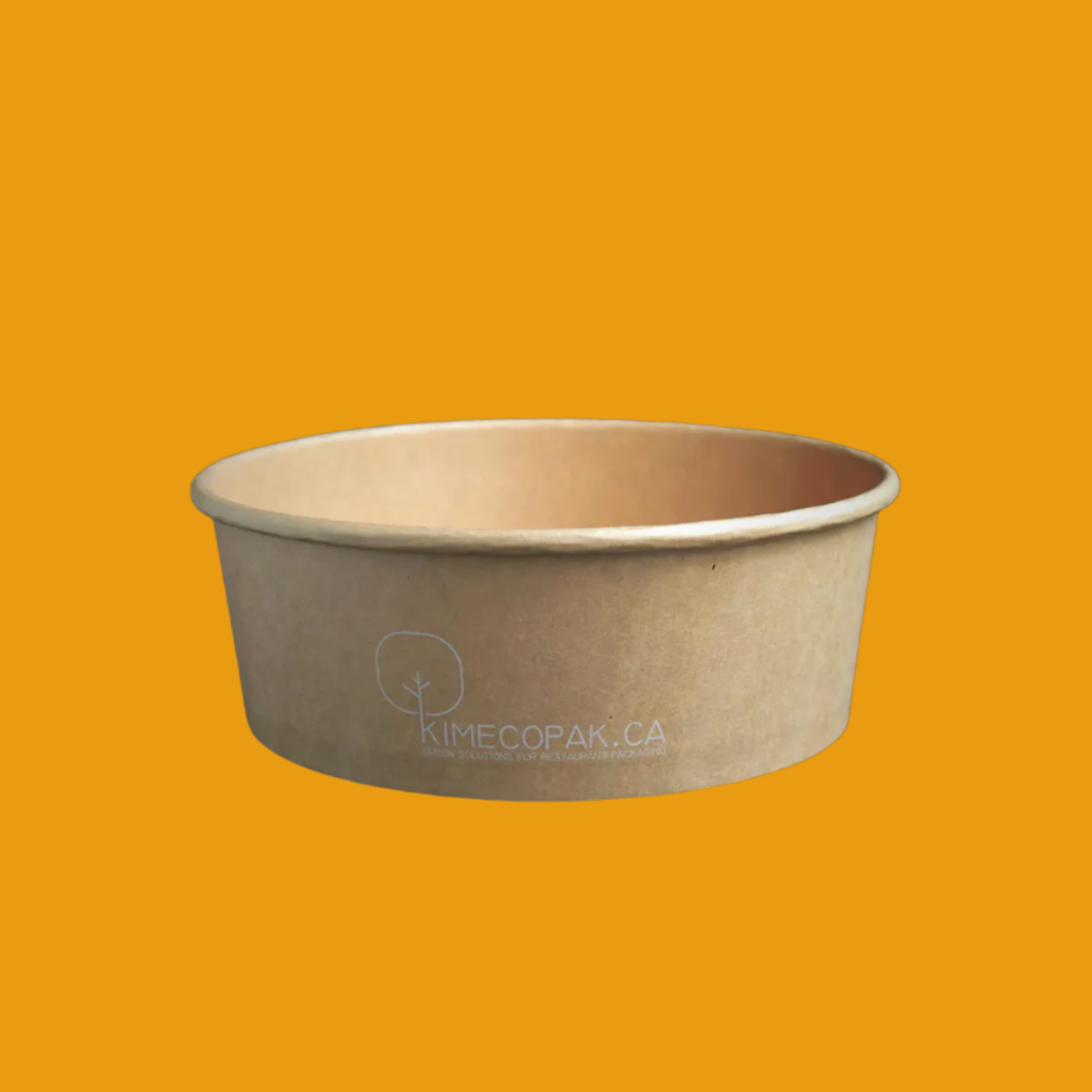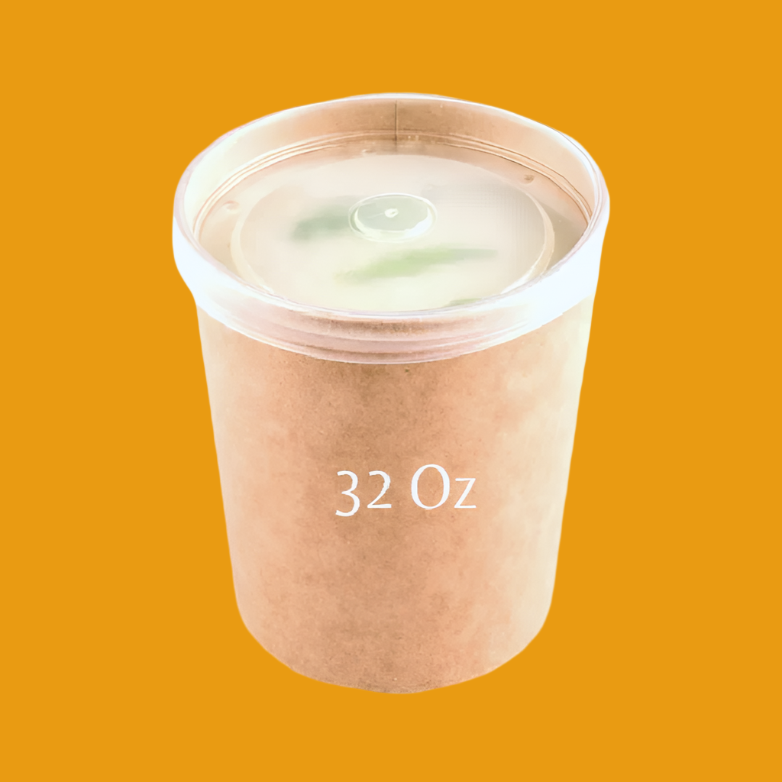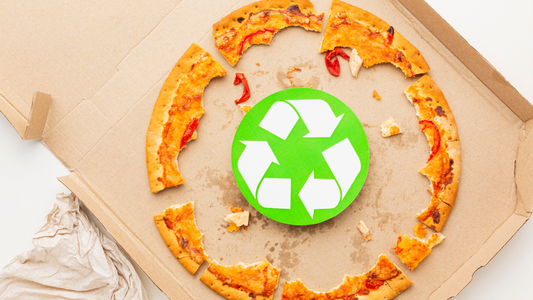As the world grapples with the growing plastic pollution crisis, industries are seeking innovative alternatives to traditional petroleum-based plastics. One of the most promising solutions is starch based polymers—a sustainable, biodegradable material derived from natural starch sources like corn, potato, and cassava.
These polymers are not only eco-friendly but also offer a wide range of applications in packaging, especially for the food and beverage industry, where sustainability is becoming increasingly essential. In this article, we will explore what starch-based polymers are, why they are biodegradable, and how they are reshaping the future of packaging by providing a greener alternative to single-use plastics.
Exploring Types of Paper Cup Coatings: Which Is Best for Your Needs?
Water-Activated Paper Tape Vs Self-Adhesive Paper Tape: Which Is More Sustainable?
What are starch based polymers?

Starch based polymers are biodegradable materials derived primarily from natural starch sources such as corn, potatoes, and cassava. These polymers are created through a process that converts starch into a usable polymer form, allowing it to be molded into various shapes and structures. Essentially, they provide an environmentally friendly alternative to petroleum-based plastics.
Why are they gaining popularity in sustainable packaging?
As consumers become increasingly aware of environmental issues, there is a growing demand for sustainable packaging solutions. Starch-based polymers are gaining traction due to their ability to degrade naturally in the environment, contrasting significantly with conventional plastics that can last for hundreds of years. With the deteriorating condition of our planet and heightened awareness about plastic pollution, businesses are venturing into starch-based polymers as a viable packaging option.
The growing need for eco-friendly alternatives to traditional plastics
The escalating plastic waste crisis, exacerbated by single-use items and the continued reliance on conventional plastics, has spurred innovation in sustainable materials. Starch-based polymers are seen as a promising solution, offering a way to reduce dependency on fossil fuels and minimize waste. As regulations tighten around plastic use, these materials present a compelling case for businesses and consumers alike.
Why Are Starch based polymers Biodegradable?

Chemical structure of starch and its natural biodegradability
Starch is a carbohydrate composed mainly of glucose units. This organic composition makes it inherently biodegradable. Microorganisms in the environment can naturally break down starch into simpler compounds, contributing to its eco-friendliness.
How microorganisms break down starch-based materials
When starch-based polymers enter the environment, various microorganisms, such as bacteria and fungi, utilize enzymes to digest these materials. As they break down the polymer chains, they convert them into nutrients and carbon dioxide, leaving no harmful residues behind.
Comparison with conventional plastics: degradation time and environmental impact
Unlike traditional plastics that may take hundreds of years to decompose, starch-based polymers can degrade in a matter of weeks to months, depending on environmental conditions. This significantly reduces their environmental impact, making them a better choice for sustainable packaging efforts.
Starch based Polymers Examples & Applications
Examples of Starch-Based Polymers
Thermoplastic Starch (TPS)
Derived directly from starch, TPS is widely used in various packaging applications. It can easily be molded and shaped, making it ideal for creating films, bags, and containers.
Starch-Polyester Blends
By combining starch with biodegradable polyesters, these blends enhance performance characteristics, making them suitable for a broader range of packaging needs, especially in terms of durability and moisture resistance.
Starch-PLA Composites
These composites mix starch with Polylactic Acid (PLA), a plant-based polymer. The result is a stronger, more durable material that retains the biodegradable properties essential for sustainable packaging.
Applications in Sustainable Packaging
Biodegradable Food Containers
Compostable trays, cups, and wraps made from starch-based materials provide a sustainable option for food packaging, offering convenience without the ecological burden.
Eco-Friendly Shopping Bags
Starch-based shopping bags provide an alternative for grocery and e-commerce packaging that fully degrades, reducing landfill waste.
Single-Use Cutlery & Plates
These disposable items, made from starch-based materials, dissolve completely in composting facilities, presenting a practical choice for events and food service operations.
Advantages & Challenges of Starch Based Polymers

Advantages
- 100% Biodegradable – Starch-based polymers break down naturally, leaving no trace of harmful microplastics.
- Made from Renewable Resources – Sourced from crops like corn and cassava, these materials promote agricultural sustainability.
- Reduces Carbon Footprint – The production of starch-based polymers generates lower emissions compared to their petroleum-based counterparts, contributing to a greener planet.
Challenges
- Higher Production Costs – The costs associated with producing starch-based materials can be higher than those of traditional plastics, presenting a barrier for widespread adoption.
- Water Sensitivity – Starch polymers can absorb moisture, which limits their effectiveness for certain applications unless treated with protective coatings.
- Mechanical Limitations – These materials are generally less durable than fossil-fuel-based plastics, necessitating the incorporation of reinforcements for specific uses.
Starch-Based Polymers vs. Other Biodegradable Plastics
Comparison with PLA (Polylactic Acid)
While both starch-based polymers and PLA are biodegradable, PLA tends to have better mechanical properties but is often more expensive and requires industrial composting conditions to break down effectively.
Comparison with PHA (Polyhydroxyalkanoates)
PHA offers noteworthy biodegradability in both industrial and home composting settings, but it is often produced through more complex processes, making it less accessible than starch-based polymers.
Comparison with Bagasse & Bamboo-Based Materials
While bagasse and bamboo are strong materials, they often serve different applications focused on strength and aesthetics. Starch-based polymers are versatile and easier to mold into various packaging shapes.
Future Trends & Innovations in Starch-Based Polymers
Emerging technologies in biopolymer hybrid materials aim to enhance the performance of starch-based polymers, allowing them to compete more effectively with traditional plastics. Additionally, new developments are focusing on creating water-resistant starch-based packaging that retains its biodegradable properties. In the future, we could see smart biodegradable packaging solutions that include functionality like moisture detection or monitoring freshness, further enhancing their utility.
How Businesses Can Leverage Starch-Based Polymers
Biodegradable Packaging Manufacturers
Scaling up production of starch based materials will be essential to meet the rising consumer demand for sustainable options.
Food & Beverage Industry
By adopting starch based packaging, businesses can meet sustainability targets and align with consumer preferences for eco-friendly solutions.
Retail & E-commerce
Implementing biodegradable solutions can enhance brand value and appeal to a growing market of environmentally conscious consumers.
Government & NGOs
Supporting policies that promote plastic reduction and the use of sustainable alternatives will foster industry growth and drive consumer acceptance.
Conclusion
The advantages of starch based polymers, from their biodegradability to their renewable resource origins, present compelling reasons for their adoption in packaging. By transitioning towards these materials, we can significantly reduce plastic pollution and move closer to a more sustainable future.
Businesses, consumers, and policymakers must come together to embrace starch-based biodegradable packaging as a viable solution, paving the way for a healthier planet.









